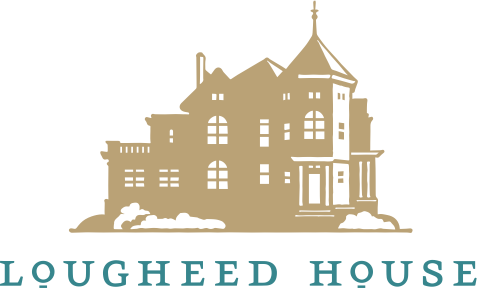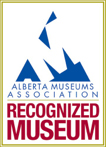Dust Off Your Desk: An Insight into Lougheed House’s Collection
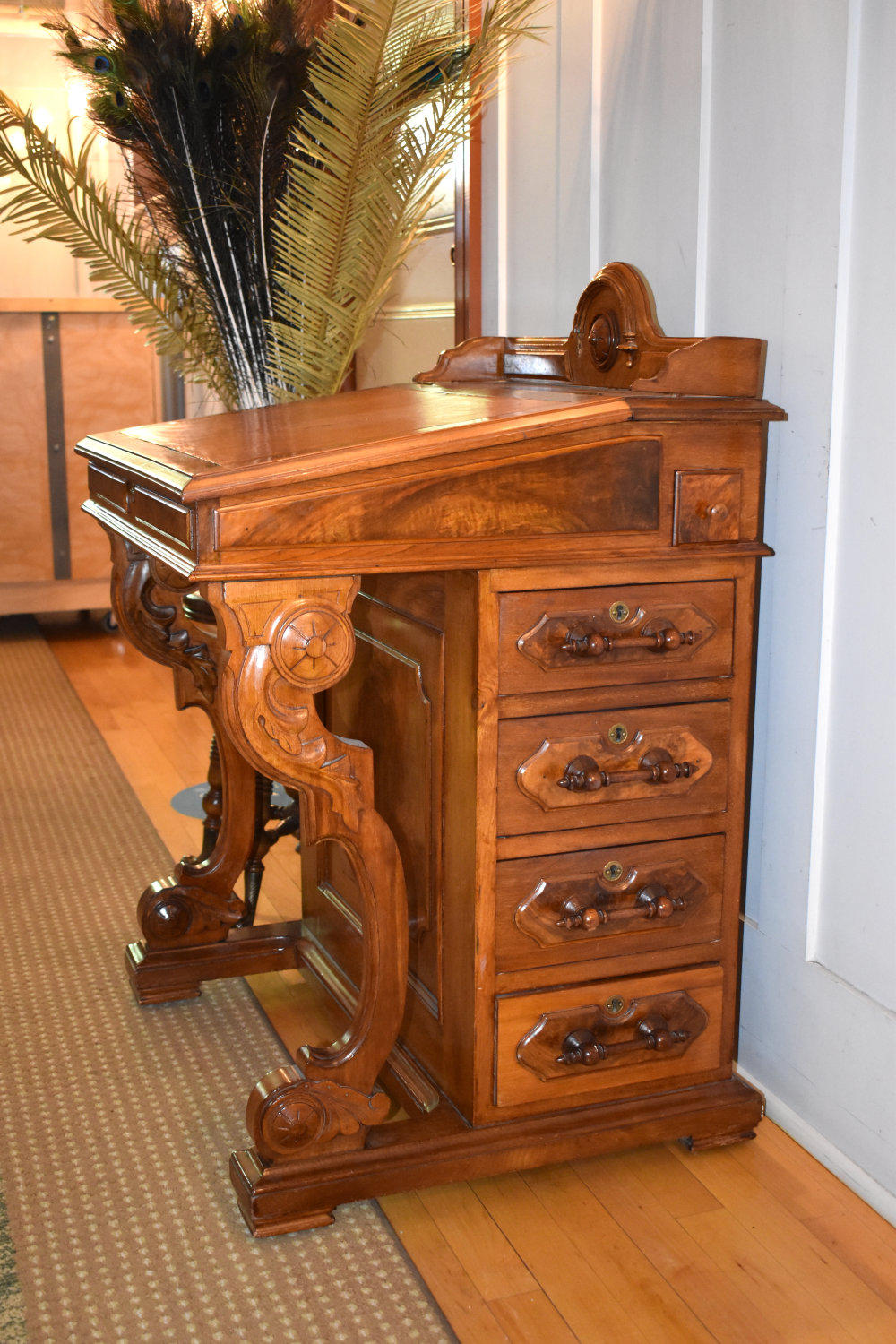
Written by Vanessa Lamb, Lougheed House Summer Student
An artifact’s physical presence is the manifestation of the history and perspectives attached to it. When we examine, display, and interact with objects within a collection, we are highlighting moments in history, or revisiting a time in a person’s life. An object might not have just one story it can tell but can instead hold a portal to many. These are some of the reasons why collecting is important to museums and to Lougheed House. In this blog post we want to provide you a peek into our collection and tell you the stories and perspectives attached to some of the artifacts we take care of.
The majority of significant objects have come to the house collection through generous donations from the community, the public, and the Lougheed family. The Lougheed House collection contains hundreds of objects, files, and photographs that belonged to the Lougheed family or that are related to the house history and the community surrounding it.
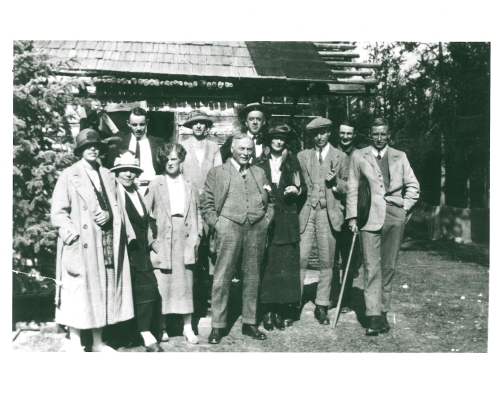
Lougheed family at Banff | c.1920s | Collection of Lougheed House Conservation Society
Lougheed House, or Beaulieu, was built in 1891 by Senator Sir James Alexander Lougheed, and Lady Isabella Clarke Hardisty Lougheed. The house was theirs until 1936 when Isabella passed away 11 years after James. After they vacated the house, it saw several tenants and got plenty of use. It was first home to the Dominion-Provincial Youth Training Program, then the Canadian Women’s Army Corps during World War II, and finally, it was home to the Red Cross until the late 1970s. There are many artifacts in the collections relating to these different time periods for the house.
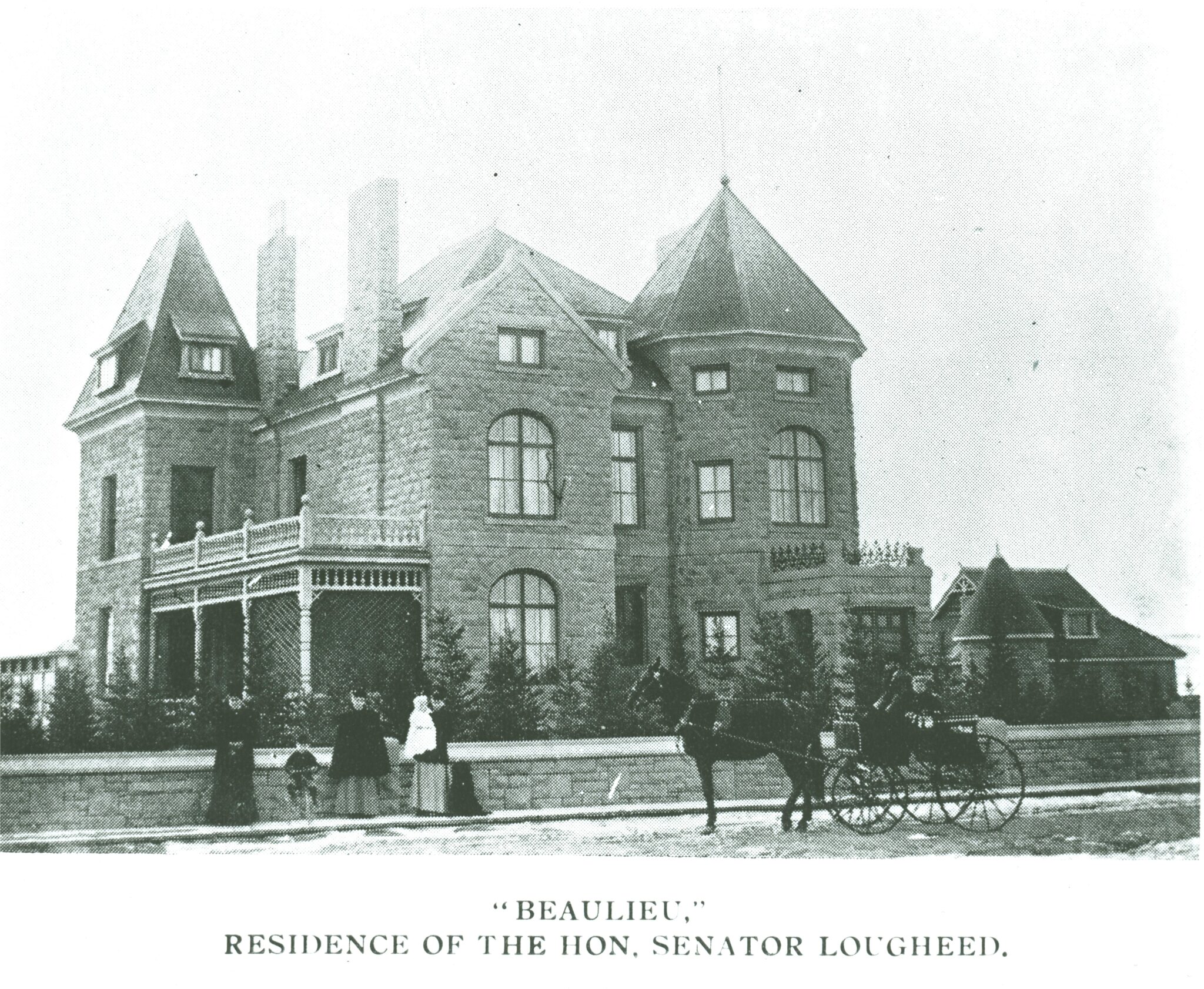
“Beaulieu,” Residence of the Hon. Senator Lougheed | c. 1903 | Photographer Unknown | Glenbow Archives NA-789-157
During the home’s restoration in the late 1990s and early 2000s, objects from the Lougheeds were welcomed back to the house. Household furniture and objects were auctioned off in 1938 when the City of Calgary took over the home after Lady Lougheed died in 1936. Some of the artifacts that have made their way back to us through donations are either now on display or kept safe in collections, until their chance to be displayed in an exhibition or their use as a learning tool is realized. There are also artifacts in the collection that were found in the house during restoration, or pieces of the physical house itself. For instance, there are portions of tile from the original main entrance, small amounts of hemp and newspaper insulation, pieces of stained glass, extra doorknobs, and other small, seemingly insignificant objects. There were other items that could have been wisped away by time, but we were lucky enough to find. This included a dance card from the Lougheeds’ time in the house, a memento of the Lougheeds’ love of entertaining. Although any of these items could have been considered disposable, they all help us piece together the stories from Lougheed House. Artifacts can inform us about the house itself, the people who lived and worked here, and all the connections it had. They help us to piece together details of the larger house and community history. The house collects to preserve, explore, and, most importantly, learn from these stories. The artifacts become a tool to learn through and with. We can learn about a person, a place, or different points in history through a single object.
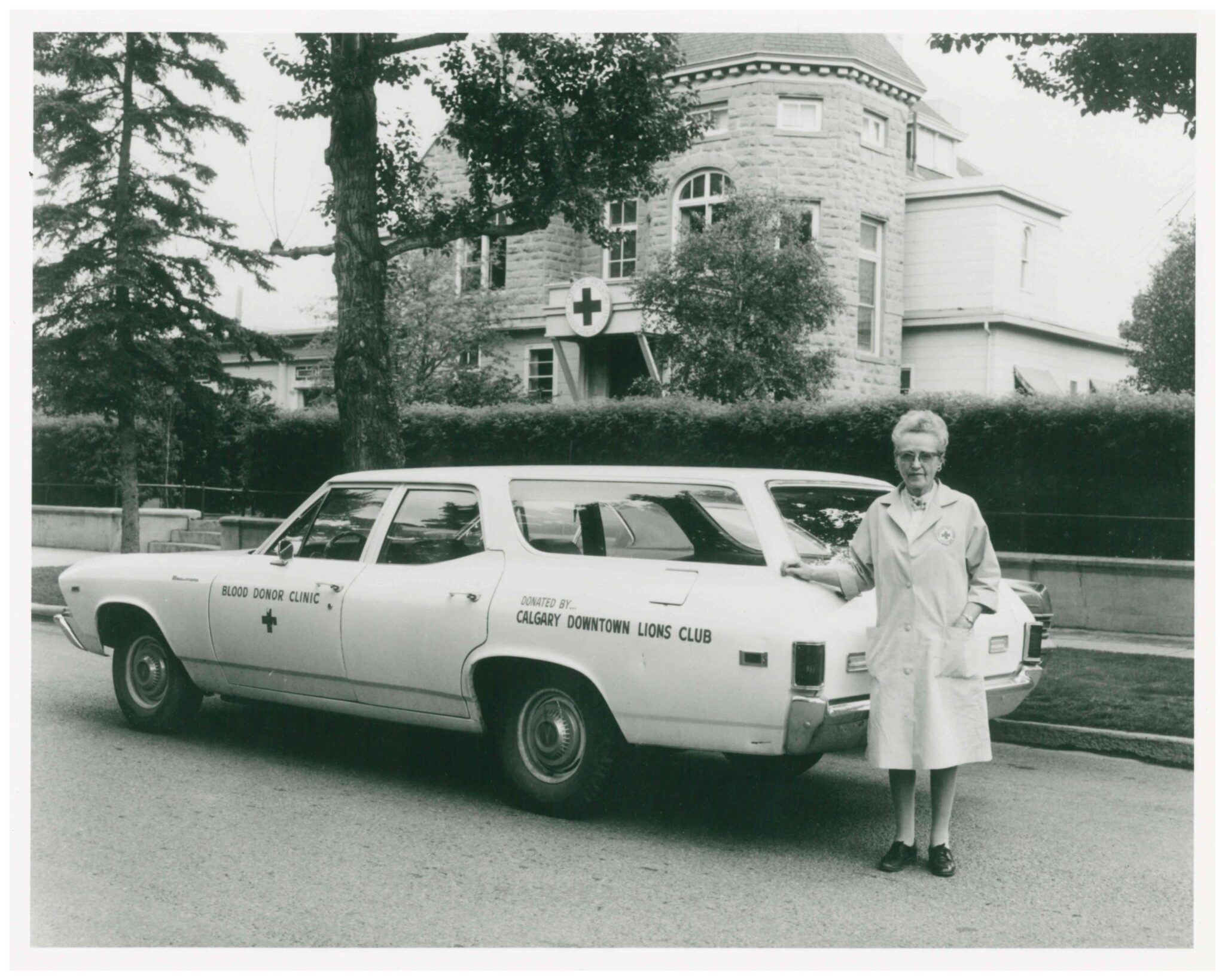
Mrs. Gertrude O’Keefe in front of the Red Cross blood donor clinic at Lougheed House, Calgary, Alberta. The blood donor clinic occupied the house from 1948-1979. | Photography by Cadman | 1971 | Glenbow Archives NA-2903-76
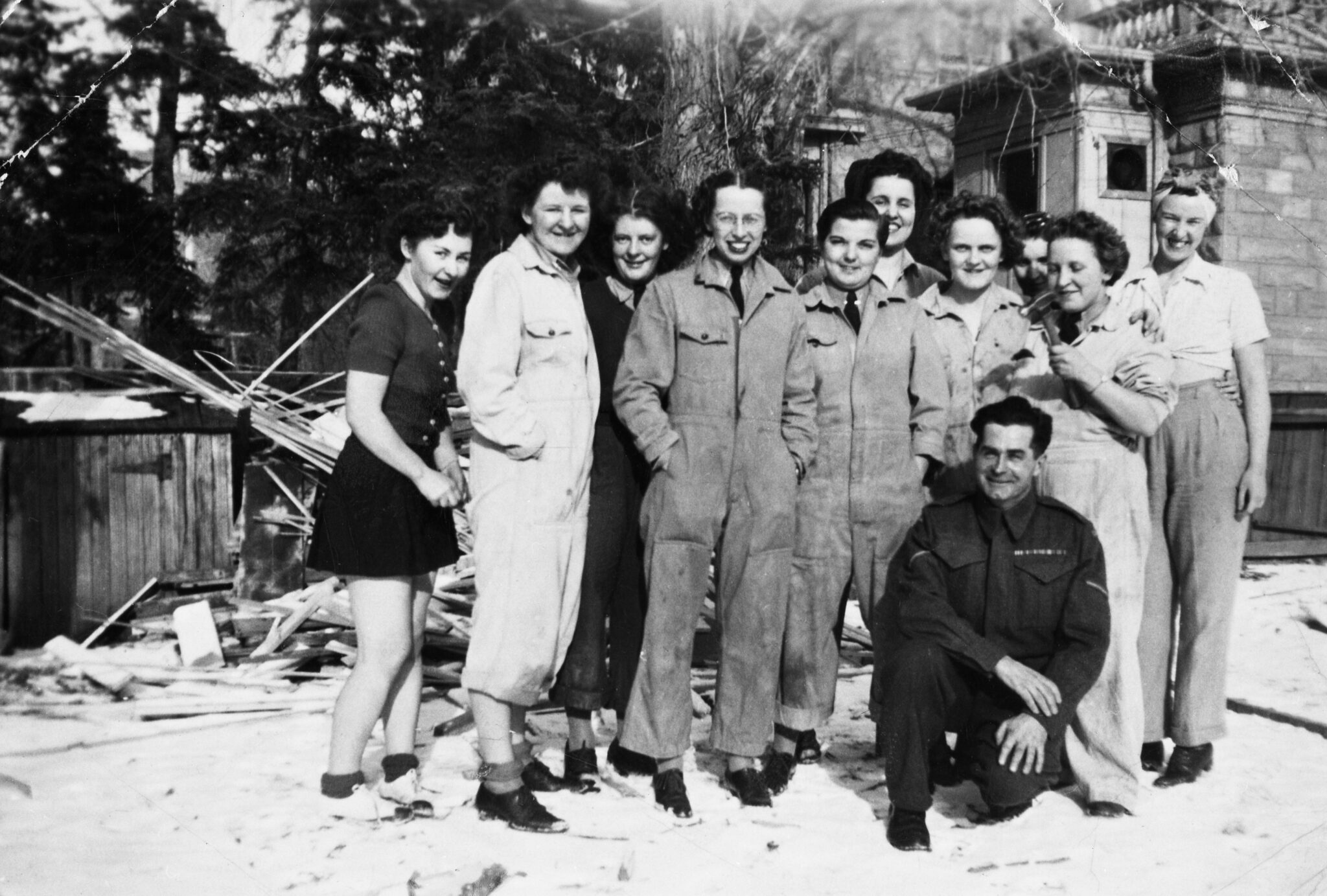
CWACs in yard of Lougheed House, Calgary, Alberta. They lived in the house from 1939-1947. | Photographer Unknown | c. 1944-46 | Glenbow Archives NA-5473-11
The most recent addition to the Lougheed House collection is a Davenport desk that belonged to Lady Lougheed herself. The desk was generously donated to the collection by Doreen Lougheed, the wife of Donald Lougheed, son of Edgar Lougheed and one of Sir James and Lady Isabella’s grandsons. The desk was accompanied by a butler’s tray, three occasional chairs, and two small side tables.
***

Lady Isabella Lougheed’s Davenport desk | Donated by Doreen Lougheed | Lougheed House Conservation Society
The Lougheeds were community builders in early Calgary and played a significant role in building the West. It was critical to Senator Lougheed’s career that he create and keep valuable connections to influential people in Calgary and in his travels. However, once he became a senator in 1889, he would have spent much of his time in Ottawa. Lady Lougheed remained in Calgary to maintain those connections and the happenings of the home. It is plausible she would have done much of that from this very desk.
The “Davenport desk” first came about when it was an original piece commissioned in the 18th century by Captain Josiah Davenport, who wanted a desk to fit his specific needs. A rather compact, but elaborate desk was created. Gillows of Lancaster was the furniture company who made the first desk of this style and is now known for making it famous.[1] Typical features of a Davenport desk include the piano back top, the carved detailing, raised feet for maneuvering and included leg space for comfortable seating.[2]
Lady Lougheed’s Davenport desk would have been a status symbol, not a desk for just anyone, but one that can tell the story of one person. This was common during the Victorian era when this particular desk was constructed. The style of furniture and décor of the era was delicate and elaborate. Her desk is no different. It has carved wooden floral decoration on the legs and upper desk, with handles carved in a complimentary motif.
As it was meant as a showpiece, the material of the desk also mattered, so a high-quality, and often decorative wood was used. The wood of Lady Lougheed’s desk has retained a beautiful patina, and aside from some minimal ink staining on the top, is in excellent condition. Typical to Davenport desks, the working surface on top is inlayed with leather and can be lifted to access additional storage for paper and supplies. The drawers on the side can be locked by the accompanying set of keys to ensure security. On the opposite side there is a door that opens to file storage. Despite the functionality and practicality of the desk, the appearance of the Davenport desk was decadent.
According to the Lougheed family, Lady Lougheed had this desk as a young student and brought it with her to Calgary in 1883. The desk was with Isabella for a large part of her life and grew alongside her. In this regard, the desk can be used as an anchor for her journey through life from her time as a young student to her adult life in Calgary. It was with her when she met James and would have accompanied her to both their first home on Stephen Avenue and to the sandstone walls of Beaulieu. She would have written letters to friends, family, or to those with important connections for her and James. This desk holds onto stories of Lady Lougheed’s life and because of that it is just as valuable to us as it was to her – if not more.
***
The butler’s tray is also original to the Lougheed family and to the home. This is also similarly confirmed through oral histories. The butler’s tray would have been used in the home by staff and for a different purpose. Much like we can imagine Lady Lougheed sitting at her cherished desk working, we can almost see a member of house staff delivering afternoon tea to her with the detachable legs hooked underneath their arm.
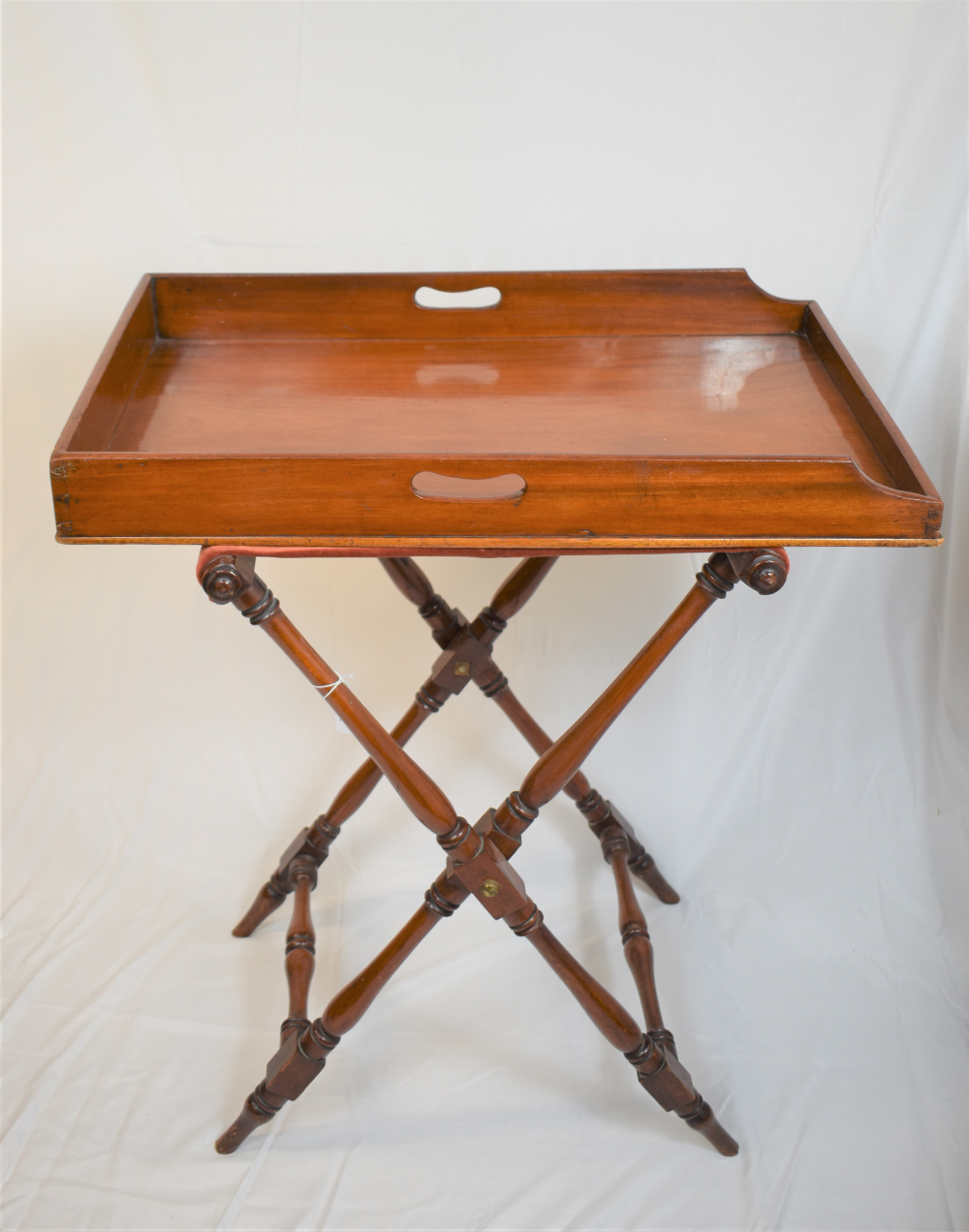
The Lougheeds’ mahogany butler’s tray | Donated by Doreen Lougheed | Lougheed House Conservation Society
The design of the butler’s tray keeps function at its forefront. Common features of the first iterations of similar trays include detachable legs that are collapsible but extend out into an X shape. One edge of the tabletop is lower than the other three to aid in easier serving. These features can be seen in the Lougheeds’ butler’s tray. Their tray is made from mahogany and has velvet affixed to the legs to support and protect the tray top. During the 20th century, the “butler’s tray” morphed into a single stationary piece of furniture as the focus became more about the aesthetic rather than the original functionality. Its silhouette can be seen replicated in modern stores to this day.
Traditional butler’s trays are adaptable and easily carried into the needed setting. The Lougheeds’ tray could have seen many different guests, familial and distinguished alike. In such a way there would have been a connection between the tray, the member of staff, and Lady Lougheed and her desk. Both the Davenport desk and the butler’s tray were pieces of furniture not uncommon in homes of the well-to-do in the latter part of the 19th century; both had a role to play in the running of the household by both homeowners and staff. Large estates such as that of the Lougheeds needed to be managed and run by both homeowners and staff seamlessly together. These pieces reflect social expectations and household uses different from today. They therefore give a glimpse into the very different, but required, roles that the individuals who used them had in the day-to-day running of this Calgary mansion.
By being at Lougheed House again, the stories of the desk and tray are reignited. In sharing the stories of Lady Lougheed’s Davenport desk and the butler’s tray, we hope to better connect you to our collections, which you usually do not see when you visit the museum.
For more information on the details of James and Isabella’s lives, visit the House History section of our website. James and Isabella’s biographies can be found here and here at The Dictionary of Canadian Biography.
***
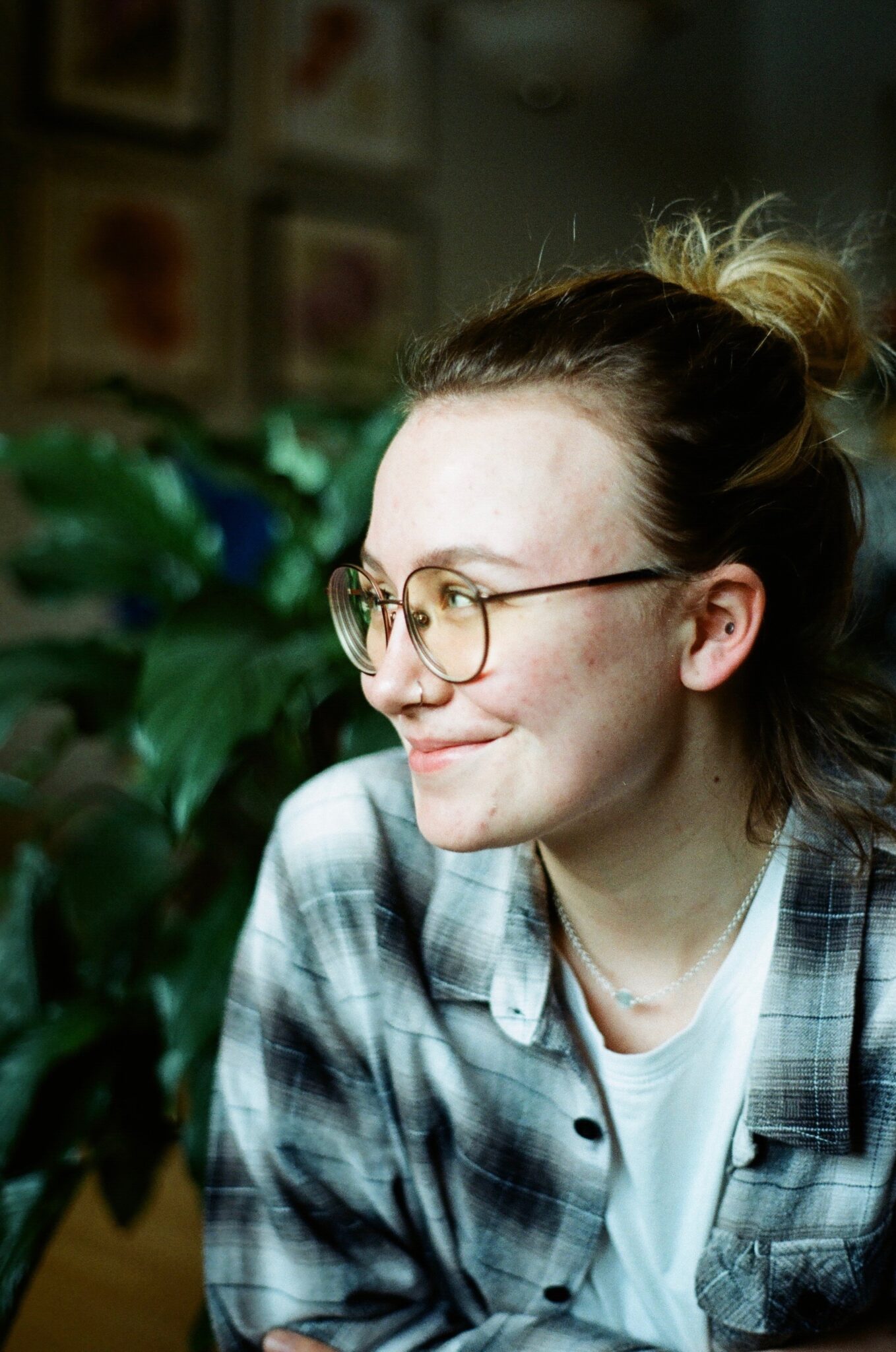
Author of this post and Lougheed House’s 2021 Summer Student, Vanessa Lamb
Vanessa Lamb is currently studying Art History and Museum and Heritage Studies at the University of Calgary. She is passionate about contemporary art, social issues, and activism. They take special interest in the way that art and art objects can be used to facilitate important and unlikely conversations.
[1] https://antiquesworld.co.uk/gillows-of-lancaster-warring-gillows-furniture/
[2] https://antiquesworld.co.uk/antique-davenport-desk/
We respect your privacy as per our Privacy Statement. We welcome your thoughtful and respectful comments, and your first name will appear with each submission. All comments will be moderated by Lougheed House before they appear on the site. We check for posts regularly and will respond as soon as we can. We do not guarantee that your comments will be published.
By submitting a comment, you accept that Lougheed House has the right to reproduce and publish that comment in whole or in part, in any form we choose. We do not endorse the opinions expressed in comments. Comments on this page are moderated according to our Submission Guidelines. Comments are welcome while open. We reserve the right to close comments at any time.

